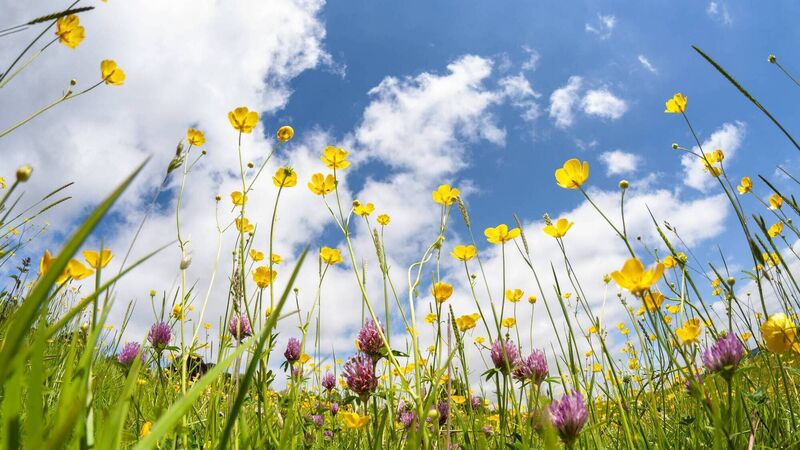Green gardens: How low should you mow your lawn?

The wildflowers we see in the wider countryside can be in the soil in our own gardens, ready to emerge with a little managed 'neglect' in areas of the lawn. Picture: iStock
I'll admit it. I’m a bit obsessive about mowing, and now I can use the battery mower to slice and dice whenever I feel like it with power straight from the roof — the maniacal behaviour has gotten worse. I executed the knee-deep stuff with the feted “first cut” in March.













